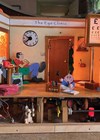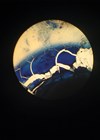For Dec/Jan 2024, I got in touch with Nicky Webster, a Principal 3D Artist at FundamentalVR (https://fundamentalsurgery.com). Nicky is also a registered medical illustrator, healthcare scientist and medical photographer. With over 18 years of experience working in various disciplines within medical illustration, imaging and visualisation, Nicky uses her multi-media background to create award-winning examples of visual communication within the pharmaceutical and healthcare industry.
I became a full-time artist at the age of 40 after going back to university part-time and doing an MA in 3D Animation. After a long period working in ophthalmic and medical photography within the NHS and as my study drew close to finishing, I made the difficult decision to leave and start a new position as a 3D artist at FundamentalVR.
The business has grown significantly since then, but at that time they were a small start-up company and I would be making the art assets for surgical simulations. I was certainly out of my comfort zone for a while, but I soon started to merge my background experience with my new position and began leading the art on our ophthalmic simulations.
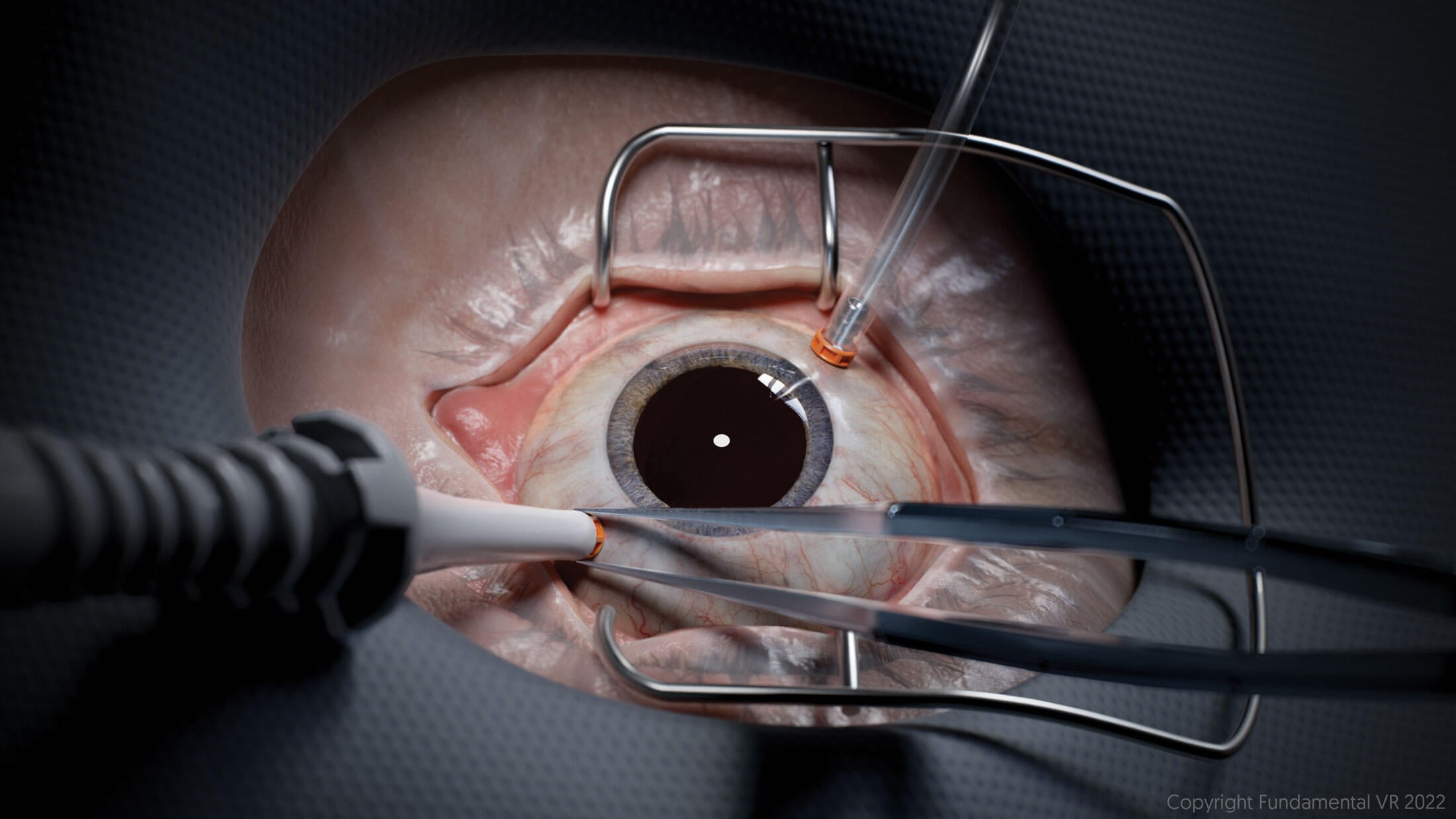
Trocar application in VR.
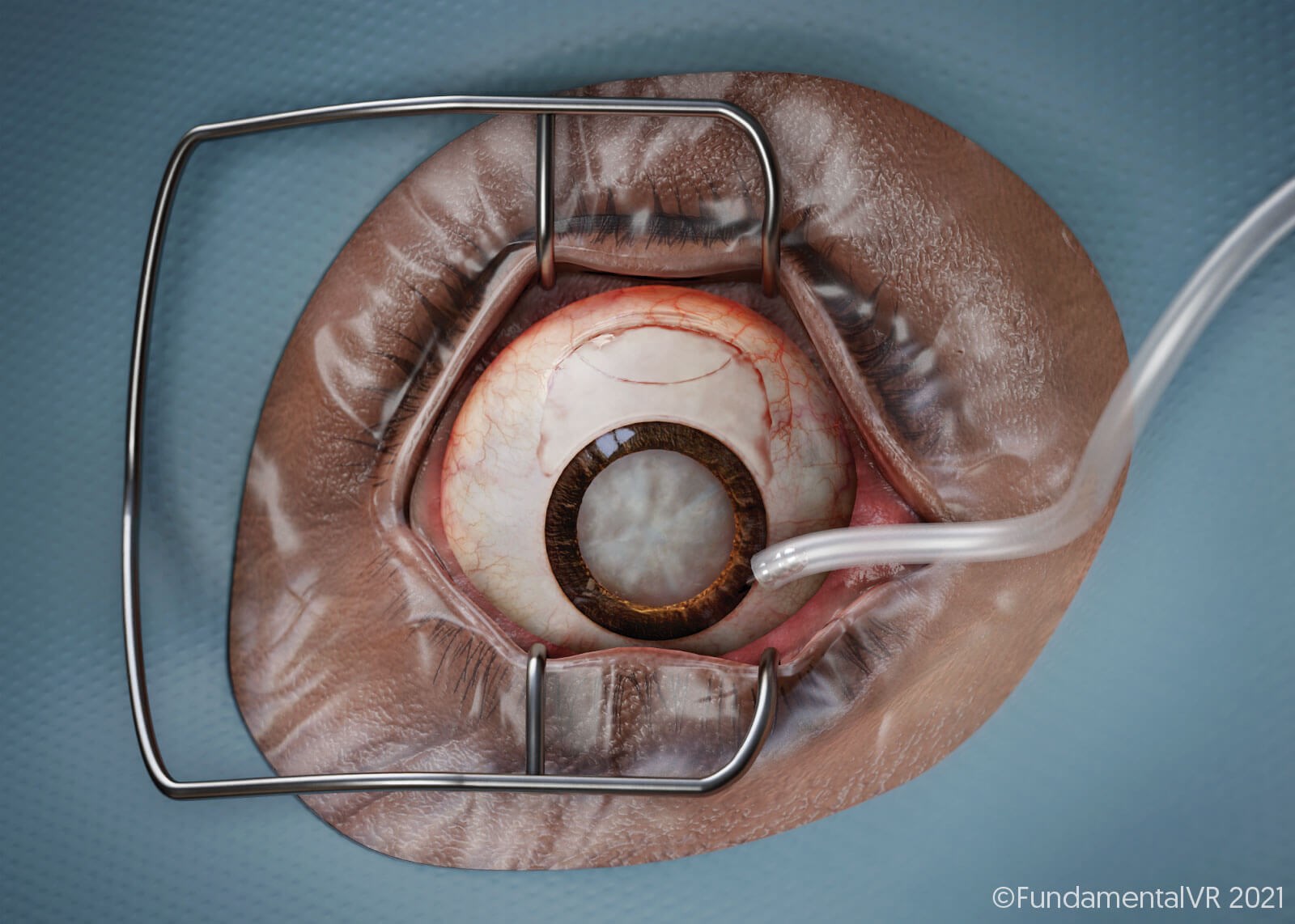
MSICS, post-peritomy eye with cataract.
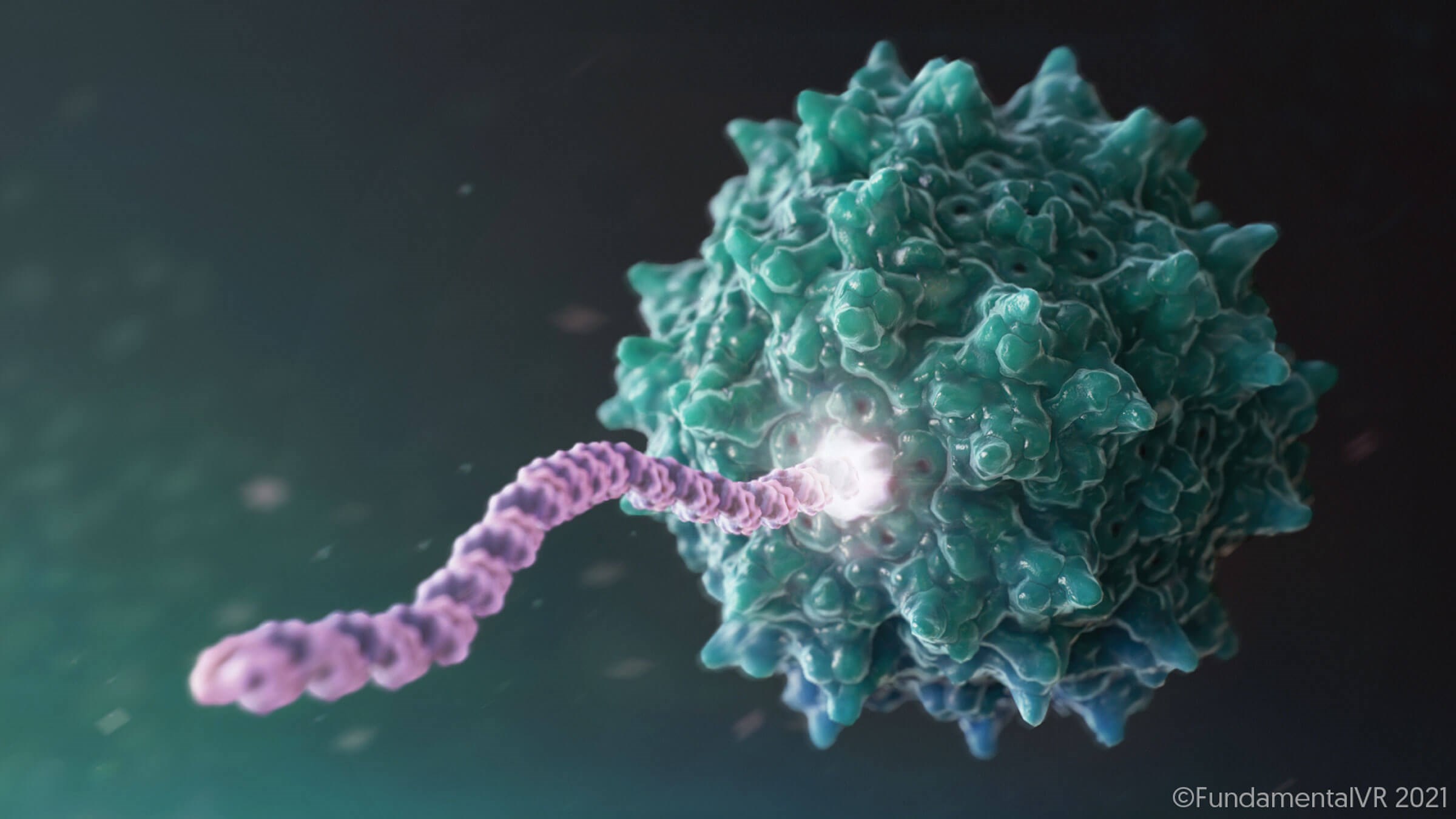
Subretinal gene therapy; one time gene therapy with the potential to restore the visual cycle.
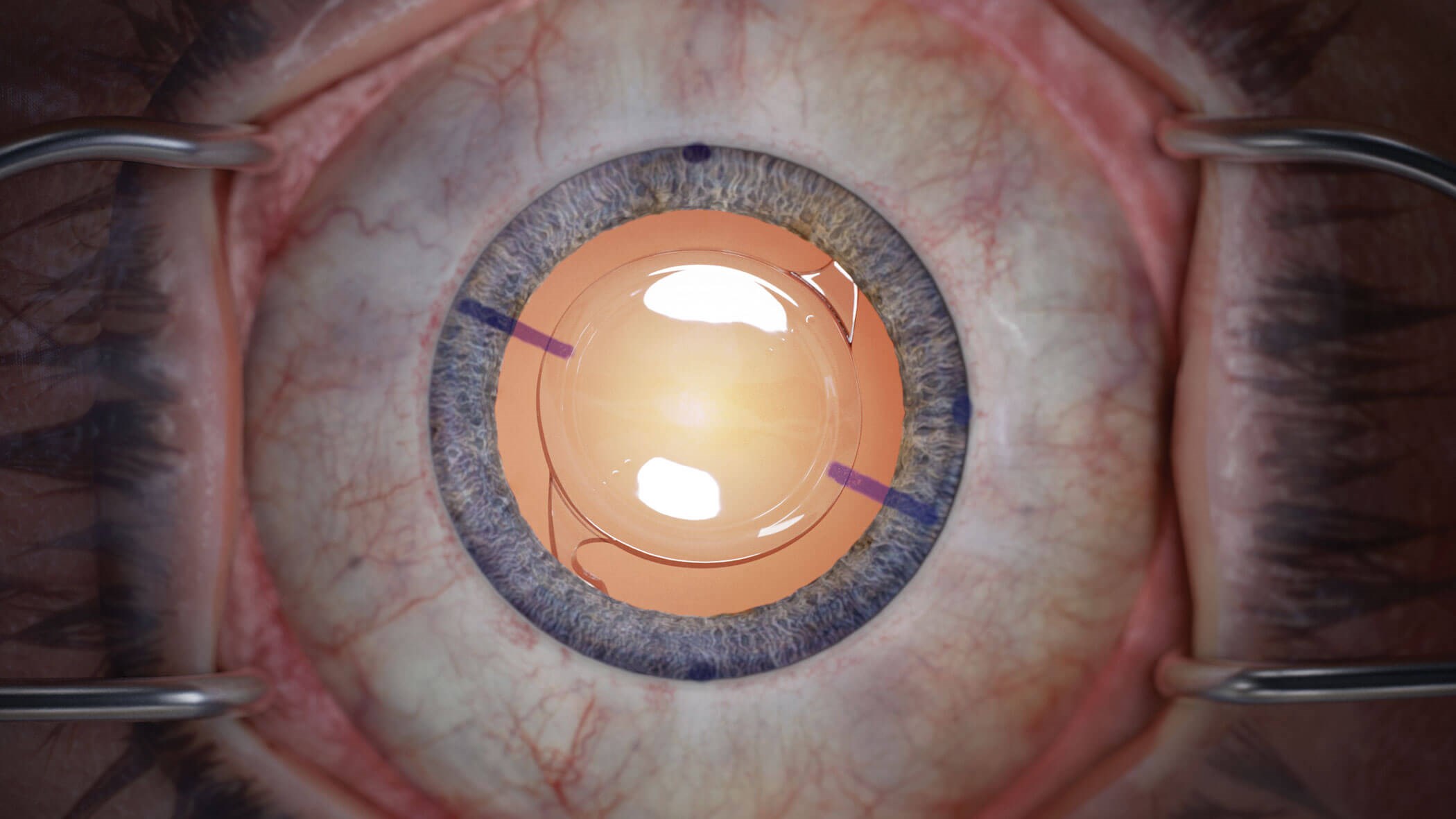
Toric IOL, astigmatism correcting intraocular lens.
The art team had great fun creating the 3D models for a ‘Mechanism of Action’ simulation for a subretinal gene therapy that transported surgeons and healthcare professionals (HCPs) inside the eyeball and showed what was happening at a cellular level. The HCP is surrounded by the viral vectors – much more immersive and informative than watching an animation.
FundamentalVR also developed an immersive VR solution with eyecare charity Orbis International (https://gbr.orbis.org). It was a really rewarding experience leading the art on a manual small incision cataract surgery (MSICS) procedure – a surgical technique that is most used in developing countries for treating cataracts, the world’s leading cause of blindness. This was a challenging yet rewarding experience as the project allowed me to work closely with our development team to merge my visuals with our HapticVR™ (haptic feedback) capability. Together we created a valuable learning experience that allows surgeons to train on what feels like actual human tissue.
Because of my background, the patient is very real for me, not hypothetical, so I hope I can always approach these projects with genuine empathy from everything that I was exposed to while working for the NHS.
https://www.artstation.com/nlwebster
COMMENTS ARE WELCOME



